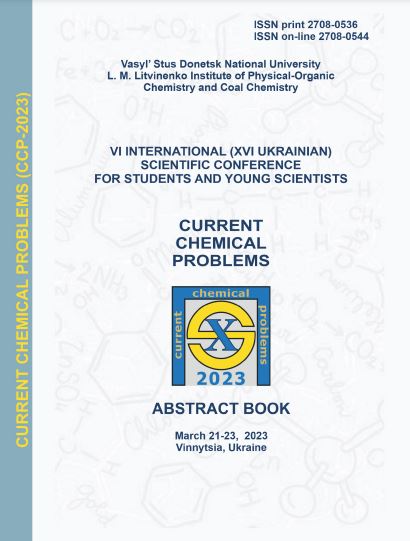Biochemical processes in the production of table wines
Abstract
When the berries are crushed, the fermentation processes in the grape must are intensified. Oxidative processes especially intensify during this period. First, as a result of enzymatic oxidation of polyphenols in grape juice, molecular oxygen under the action of odiphenyl oxidase produces quinones, which degrade easily oxidizing substances in must and are again reduced to polyphenols. Secondary oxidation processes occurring during this period cause oxidation of ascorbic and dioxyfumaric acids, amino acids, oxyacids and other substances based on the catalytic action of quinones. Acid oxidation is accelerated by the simultaneous action of ascorbinate oxidase and dioxyfumaric acid oxidase present in the wort. After complete oxidation of acids, the accumulation of quinones can proceed quite intensively. Later, as they thicken, they are able to form condensed oxidation products that give the wort a brown-brown color and reduce its quality. Enzymatic transformations of oxyacids and amino acids lead to the formation of new organic acids – malic, citric, glycolic, succinic, fumaric and amino acids – and only their partial oxidation with the release of CO2. After hydrogen peroxide appears as a result of the action of flavoprotein and other oxidizing enzymes, oxidation of polyphenols can also occur under the influence of peroxidase. With the formation of peroxide, catalase is also activated, which protects the cell from the harmful effects of an excess amount of peroxide. Peroxidase oxidizes wort polyphenols into straw-yellow colored products. This way of oxidation takes place both during the crushing of grapes, and in the mash during pressing, and in the wort during its settling.

